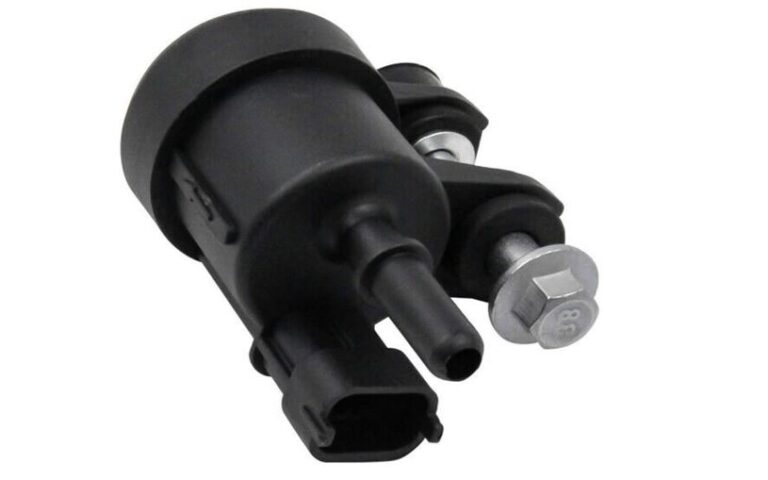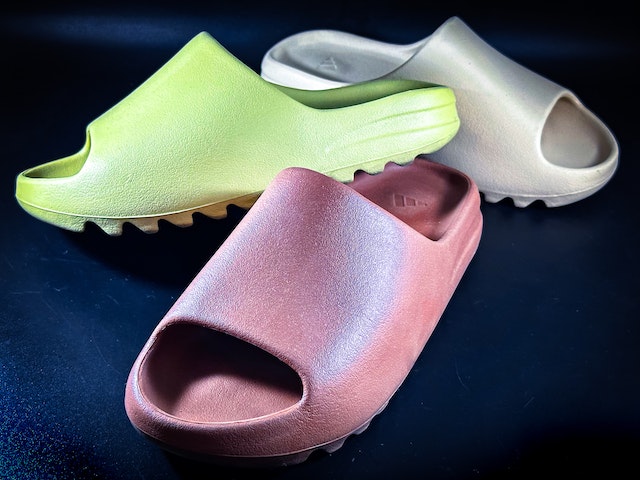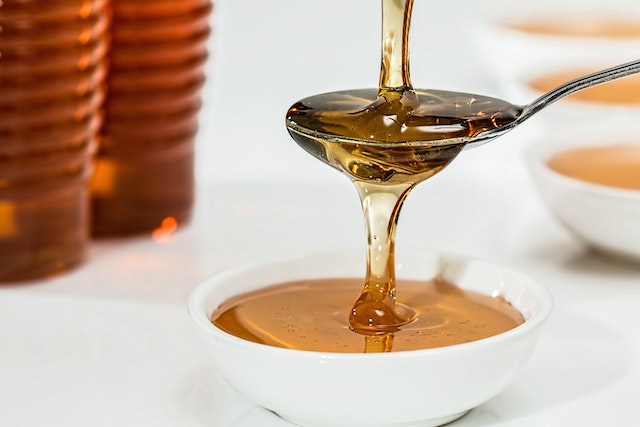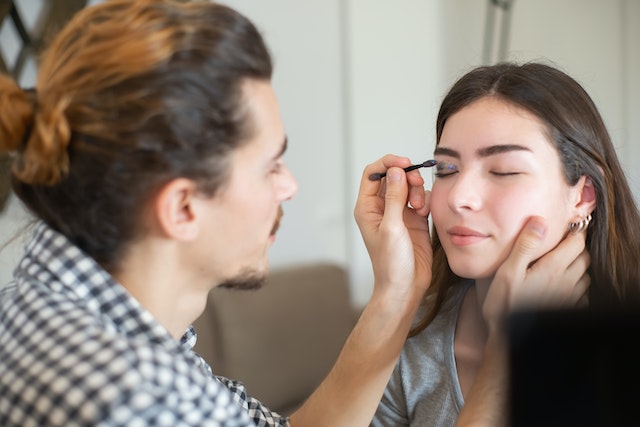How To Clean Fabric Lamp Shade?
Fabric lamp shades have a beautiful appearance, but maintaining their cleanliness can be difficult. Not only are these hues difficult to handle, but they also have a tendency to gather undesirable particles such as lint, dander from pets, and dust. We have collected this extensive list of efficient ways for cleaning lampshades in order to assist you in addressing your concerns regarding the fabric.
Fabric lamp shade can be used to give color, texture, and style to a room when paired with the appropriate base, wall light, or pendant. This combination can create a design statement as well as a pleasant environment. Lampshades are one of Pooky’s specialties, and we make them out of a wide variety of fabrics, from linen and cotton to denim, ikat, and velvet. Nevertheless, with time, particles of dust, filth, and even animal hair can accumulate. Here is a comprehensive instruction that will teach you how to clean, maintain, and care for your fabric lampshade so that it continues to appear beautiful.
How to Properly Clean Different Types of Lamp Shades
The first thing that you need to take into consideration is the material that your lamp shade is composed of. There is a wide variety of color tones available, and there is a good probability that you have used more than one type of material in the design of your home. The most conventional ones are almost always constructed out of some form of fabric, and the most popular examples include linen, burlap, silk, cotton, and polyester. However, eye-catching shades may be crafted from virtually any material, including imitation leather, mica, microfiber, rattan, jute, and acrylic, to name just a few.
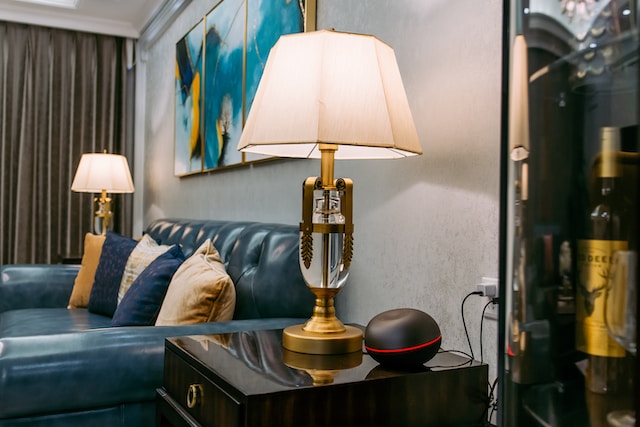
It is a common misconception that cleaning lamp shades is far more difficult than it actually is. Do not be intimidated by an elaborately pleated fabric or a hand-painted design; all you need are a few simple tools, and the dust will be gone in a matter of seconds.
Does Vinegar Clean Fabric lampshade?
How To Clean A Lamp Shade In A Spot Prone To Moisture
You’ll notice that dust builds up much more gradually in some sections of the home, such as the bathroom, the screened-in porch, or the lanai, compared to other parts of the house. A basic maintenance washing once every few weeks is all that is necessary to keep these blinds looking like new. Then, once a year, you should take the shades down and clean them more thoroughly by taking them apart.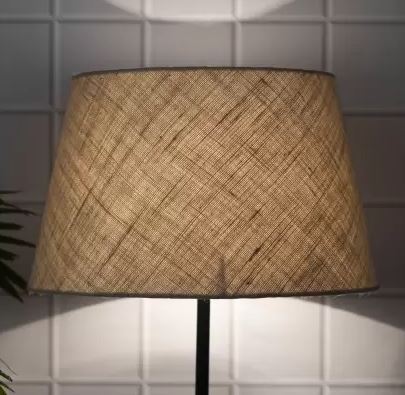
How to Remove Stubborn Stains and Spots from a Cloth Lamp Shade
When treating certain areas, you should use a toothbrush that is clean, has soft bristles, and preferably has bristles that are not colored. Put a little bit of warm, soapy water into the bowl of the toothbrush. It is usually a good idea to try a water-based cleaning solution on a tiny, less-visible area before applying it to the outside of the shade. This is done to ensure that everything dries uniformly once the method has been applied. If there is no trace of water left, use the toothbrush to gently rub away the stain, and then use the towel that does not contain lint to absorb any extra moisture. Note: When spot cleaning fragile silk shades, use extreme caution and do a test first in an inconspicuous area before continuing with the process of using lukewarm water. You may always send silk lamp shades into a dry-cleaning specialist to get them cleaned, which will prevent any discoloration or stain spots from occurring.
In the same way that Katy and Gracen enjoy “making a lamp sing with a new shade,” taking proper care of delicate lamp shades and cleaning them on a regular basis will guarantee that your house continues to be an elegant and dust-free setting in which to entertain visitors.
A Guide To Cleaning Fabric Lampshades: Things To Consider When Cleaning
Fabric lamp shades have a beautiful appearance, but they have a tendency to collect dirt, fingerprints, and other forms of debris over time. Yellowing of some lamp shades is also possible with prolonged exposure to sunlight. The good news is that there are several straightforward actions that you can follow to assist in restoring your cloth lampshade to the splendor it once possessed. However, when cleaning your fabric lampshade, it is essential to exercise caution in order to prevent leaving any stains or water marks on it, as well as any other kind of damage. In order to prevent damaging the lampshade by denting, marking, creasing, or ripping it, you should always handle it by its fitting. When cleaning the lampshade, you should also use the appropriate procedures and products. It is crucial to be careful of any trimmings, beading, or other embellishments that may be present on a fabric lampshade. Some fabric lampshades are sewn into the base, while others are glued and so require further care.
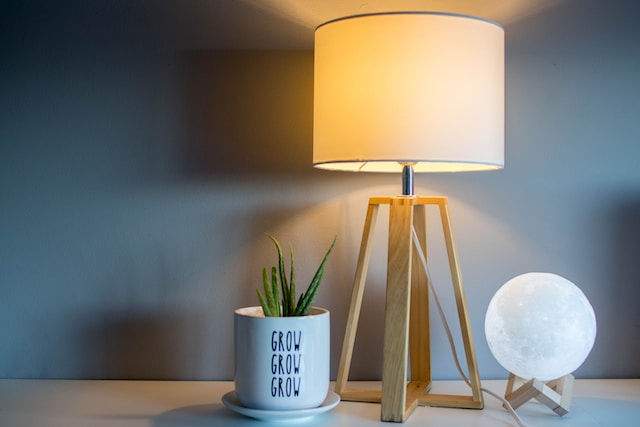
Note that we strongly advise you to seek the assistance of a qualified lamp cleaner for any lampshades that are very fragile or expensive, such as those that are embroidered, made of silk, richly beaded, or are antique or painted.
How to remove excess dust and dirt from a fabric lampshade
To begin, disconnect the lamp and remove the lampshade from the lamp base (normally this requires unscrewing the bulb first, followed by the cap). Both the interior and outside of the shade should have as much of the surface dust and debris as possible wiped away. You may accomplish this in a number of different ways, including the following:
- A brush or microfibre cloth – Wipe the lampshade with a microfiber cloth in parts using a gently sweeping motion, or alternatively, brush it vertically from top to bottom with a soft clothes brush. This will help remove dust and debris. When working with pleated lampshades, a make-up brush or paintbrush might be useful for reaching those inaccessible sections of the shade.
- A hairdryer – By using a hair dryer with the speed turned up to its highest setting, unwanted dust and hair may be removed from the trimmings and fringes of lampshades. It is important to keep in mind to use the low heat setting on the dryer and to keep it at least 8–10 inches away from the shadow in order to prevent any damage.
- A vacuum cleaner – If the material is durable, you should be able to clean the shade using a vacuum cleaner that has an upholstery brush attachment. To do this, carefully clean the shade using a light brushing motion from top to bottom. However, care needs to be given, and placing a stocking over the end of the connection is one way to help keep delicate fringes from being damaged. If the lampshade that you have is pleated, you should carefully vacuum along and down the pleats.
- A sticky lint roller or masking tape – Use the lint roller to softly roll over the lampshade, or apply the masking tape into the cloth, making sure not to push too hard, and then remove it carefully, carrying the dirt and dust with it.
How to remove light stains from a fabric lampshade
Remove any non-washable trim from your lampshade before attempting to clean it if it has some small dirt marks or stains but is not strong enough to be submerged in water. To clean the shade, combine some sensitive fabric detergent in a basin of lukewarm water. Using a microfiber cloth, apply simply the soap suds to the shade in parts, rotating the shade after each application to ensure that it is completely covered. After that, remove the suds with a gentle rinse, and pat the lampshade dry with a towel. Be aware that spot cleaning a fabric lampshade may occasionally result in the appearance of water marks or color stains (or a very visible clean area!) Therefore, washing the entire shade will serve to contribute to the creation of an equal finish.
How to remove stubborn dirt from a fabric lampshade
In the case of filth that is more difficult to remove, or if your fabric lampshade is highly stained, such as with dirty hand prints or water stains, you may need to resort to more forceful cleaning methods. Put on some rubber gloves and fill a large, clean container (or a bathtub) with lukewarm water. If the cloth lampshade is bonded together, use chilly water instead. It is important that the water be deep enough to completely cover your lamp shade. After adding some gentle fabric cleanser and stirring it in, suds will begin to form. Now, carefully submerge the lampshade while ensuring that it is held securely by the frame. Wipe the lampshade gently with a sponge or a towel, moving up and down the shade in a circular motion. If necessary, use a soft brush to gently dab any problem areas (do not massage them, as this may cause the color to run). If there are any issue areas, use a gentle brush to address them. It’s possible that you’ll need to soak the lampshade for a few minutes if the stain is really stubborn. The water should be changed as frequently as necessary until it can be seen clearly again. After the lampshade has been washed, you should empty the bathtub one more time, fill it with fresh water, and then repeatedly submerge the lampshade in the water to remove any leftover soap residue.
How to dry a fabric lampshade
When they are laundered, lampshades made of fabric may give the impression that they have stretched. On the other hand, after they are completely dried, they will go back to their former shape. The important thing is to keep an eye on how uniformly they dry out. After giving the lampshade a light shake and patting it with a clean, soft cloth to remove any leftover moisture, you can either hang it up over the bathtub or place it in a location with adequate ventilation to dry naturally. You might hang your lampshade outside to dry in the sunshine if the temperature is mild enough. Nevertheless, you should make certain that it is located in a spot that is free from dirt and is safe from intrusion by either children or animals, as well as direct sunlight. You may also use a fan or a hairdryer to help dry up your shade, but you will need to exercise caution with either method. Make sure the temperature is adjusted to cool, then place the lamp shade 8 to 10 inches away from the device.
The process of reassembling your fabric lampshade
After your lampshade has had a chance to completely dry, you may put everything back together. Always make sure the lightbulb and lamp base are cold before you dust them, but don’t forget to dust them anyhow! If your lampshade contains pleats or ruffles, make sure they are in good condition and reattach any decorations or trims that were removed from the lampshade. The next step is to reattach the shade to the base, insert the light bulb, secure everything with the screws, plug it in, and voila: the light is on!

Frequently Asked Questions – How To Clean Fabric Lamp Shade
How to Clean a White Fabric Lamp Shade?
When cleaning a lampshade made of white cotton, you need to use a careful approach. To begin, use a soft brush or a lint roller to dust the shade. For a more thorough cleaning, try using a light detergent solution. To make this solution, combine a little bit of liquid dish soap with warm water, then moisten a towel and wipe the shade gently. Use a solution of water and white vinegar to blot any stains that refuse to come out. Always remember to do a spot test on an inconspicuous area before using any cleaning solution. In a place with enough ventilation, let the shade to dry naturally. In the event that it is necessary, you can press it softly using a fabric barrier. The shade should be dusted on a consistent basis, and unclean hands should be avoided when handling it.
How to Make a Fabric Lamp Shade?
In order to build a lamp shade out of fabric, you will need a wire frame or an already existing lampshade, the fabric of your choice, an adhesive (either fabric glue or spray adhesive), scissors, and trim (optional). The cloth should be cut to suit the shade, with some additional allowance for overlap. After applying glue to the surface of the shade, gently wrapping and smoothing down the cloth while sealing the edges is the final step. To round off the appearance, add some trim. First give it some time to dry, and then attach it to your lamp.
How to Clean a Lamp Shade Fabric?
The fabric of a lamp shade requires careful cleaning in order to maintain its appearance. Dust the lamp shade using a soft brush or a lint roller to get started. When dealing with stains, blotting the afflicted area with a solution of mild detergent or a mixture of water and white vinegar might be effective. Always start by testing in a place that won’t draw attention to itself. Allow it to dry naturally in an area that has adequate ventilation, away from sources of direct sunshine or heat.
How to Cover a Lamp Shade with Fabric?
Without a doubt! Make sure the cloth you choose may be used for a lampshade before you buy it. After taking measurements, cut the cloth to the desired dimensions, making sure to leave some excess. After applying fabric glue or adhesive to the surface of the lampshade, gently wrapping and smoothing down the fabric while fastening the edges is the next step. Remove any surplus of cloth. First, you need to give it some time to dry out.
How to Remove Water Stains from Fabric Lamp Shade?
To remove water stains from a surface, wet a clean cloth with a combination of white vinegar and water in the same proportions as the water. The soiled area should be blotted gently, and you should take care not to rub or scrape it. First, test the solution on an area that won’t be seen by anyone. Please allow the shade to dry completely in the air.
How to Clean White Fabric Lamp Shade?
Cleaning a lamp shade made of white cotton requires taking certain careful procedures. To begin, dust the entire area with a lint roller or a soft brush. To remove stains, apply a solution of mild detergent or a combination of water and white vinegar, and then wipe the area gently. First, check it out at a place that won’t draw attention. In a place with enough ventilation, let the shade to dry naturally.
How to Change Lamp Shade Fabric?
Changing the fabric of a lamp shade is something that can be done. After removing the old fabric, clean the frame and then cut the new fabric to fit, being sure to leave some extra for the fabric to overlap. After applying glue to the surface of the frame, gently wrapping the new cloth while sealing the edges is the next step. Before attempting to attach it to the light, give it some time to dry completely.
What Kind of Fabric for Lamp Shade?
Lamp shades should be made from breathable materials that can withstand high temperatures, such as cotton, linen, silk, or polyester mixes. Check that the opacity of the cloth is compatible with the level of illumination you want and the aesthetic you like.
How to Cover a Small Lamp Shade with Fabric?
There are some similarities in the steps involved in covering a tiny lamp shade with cloth. Carefully measure, cut, apply glue, wrap, and smooth out the fabric when you’ve finished these steps. First, you need to give it some time to dry out.
How to Choose the Fabric of a Lamp Shade?
When selecting a cloth, you should take its weight, opacity, and resistance to heat into consideration. Choose fabrics such as cotton, linen, silk, or polyester mixes that are compatible with the design of your lamp and the level of lighting it requires.

